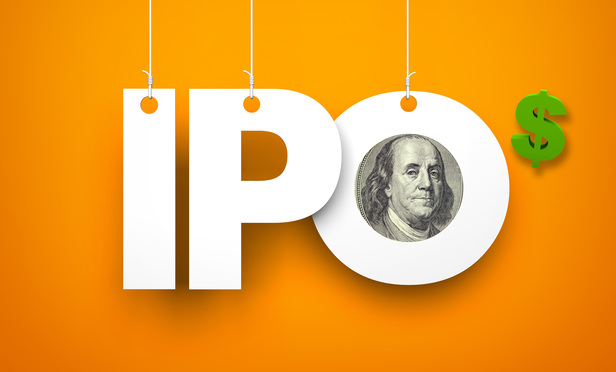On March 1, 2017, Snap Inc. priced its highly anticipated initial public offering (IPO), marking the largest U.S. tech IPO since Facebook went public in 2012. What made the Snap IPO particularly noteworthy was its dual-class share structure, featuring shares of common stock with no voting rights. The Snap IPO has brought to light the topic of dual-share structured companies and may leave other companies planning to go public wondering whether a dual-class share structure is right for them.
What is a dual-class share structure?






